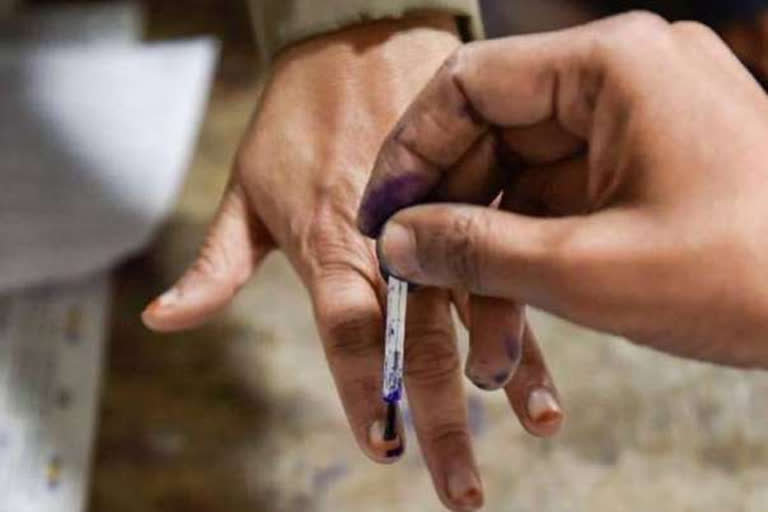Thrissur (Kerala): The Thrissur assembly constituency assembly — the old Congress stronghold — which was wrested from UDF by the CPI(M)-led LDF has once again come back to focus. More so this time, as the National Democratic Alliance (NDA) led by the Bharathiya Janata Party (BJP) has also gained ground support, apart from the Left Democratic Front (LDF) and the United Democratic Front (UDF), setting the stage for a triangular fight. As film actor Suresh Gopi contests on behalf of the NDA against P Balachandran and Padmaja Venugopal, the stage is all set in Thrissur for a glamorous battle this April.
History of Thrissur Assembly constituency:
Right from the day the constitution was formed, Thrissur has mostly been with Congress. Assembly politics began in Thrissur in 1957 through Congress candidate AR Menon. The constituency which went with the Congress in 1957, continued the pattern in 1960 also. The seat which was held by TA Dharmaraja Iyer leaned to the Left in 1967, through K Shekharan Nair. However, in 1970, Thrissur voted for Joseph Mundassery who contested independently.
Also read: Activists smash controversial 'caste gate' in Kerala
The UDF won back Thrissur in 1972 through PA Antony and in 1977 through KJ George. In 1980, it was a red trend through MK Kannan. In 1982, Therambil Ramakrishnan won back the seat from the Left, but that did not last long, the seat went to the Left through EK Menon in 1982. From 1991 to 2011, the constituency witnessed the victory of the UDF. In 2016, the undercurrents of the Left wave which had spread across the state had engulfed Thrissur too. With the strong candidature of VS Sunil Kumar, Agricultural Minister, Thrissur went to the Left.
Sunil Kumar who had aggregated 42.19 per cent votes won from Thrissur with a margin of 6987 votes for the Left.
Politics in the constituency :
The Left cannot even imagine losing the constituency which it had won back after decades. Aiming for a second term in Kerala, the Left Front has to retain all the seats in hand. Though an absolute majority may not be possible, the Left is relieved that the corporation governance could be secured. Now, the Left has to face the challenges posed by the Left and the NDA. CPI District Committee member P Balachandran is the LDF candidate in Thrissur this time. This second chance is also a prestige battle for P Balachandran who was defeated in 2011.
Also read: Gold smuggling case: Crime Branch registers case against ED officials
For the UDF, the Thrissur constituency which was with them went to the Left and hence is strategising a plan to win it back. Having failed in 2016, the UDF is wary of the conflicts which emerged within the Front and is trying to avoid a repeat of the situation. The major challenge that the UDF faces in the constituency is the factionalism within the Congress and the rebellion by the independents. The civic body poll results also put the UDF under stress.
However, through Padmaja Venugopal, the UDF hopes to win back the constituency which had once been Karunakaran’s fortress.
The NDA is very hopeful about the Thrissur constituency banking on the ground support the party has gained over the years. With Suresh Gopi being fielded to win back the seat, the alliance has been able to pose a strong challenge to the other two fronts for the April elections. Going by the statistics, the NDA has made tremendous growth in the constituency over the past ten years. The BJP led alliance which could get only 6697 votes in the 2011 Assembly elections could aggregate 24748 votes, almost 4 times the number, in the 2016 election.
Also read: Congress's dilemma ends; C Raghunath files nomination in Dharmadam
The progress it could make in the local body polls also adds confidence to the NDA camp. Suresh Gopi’s candidature and the influence in the district could be transformed into votes, hopes the NDA.
Considering the local body poll statistics, of the total 36 corporation wards, 14 are with the UDF and 13 are with the LDF. While the BJP gained 5 wards, 4 went with the independent candidates. As per the State Election Commission statistics released in January 2021, the electorate consists of 175326 voters, including 83455 males and 91878 females.



